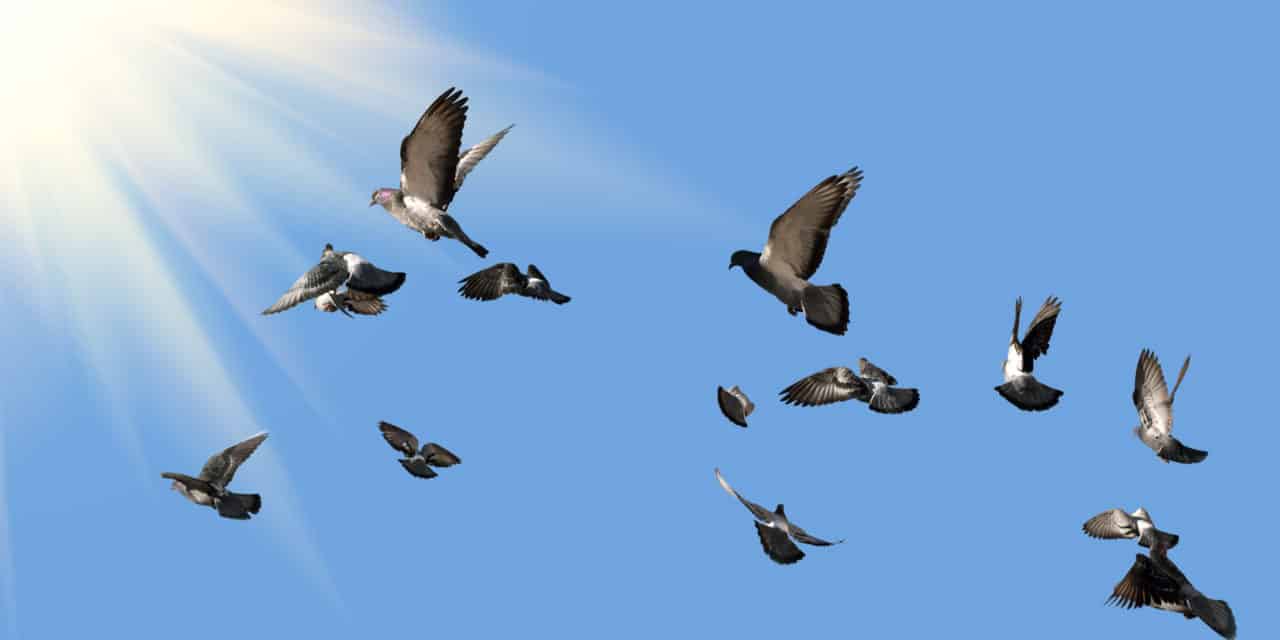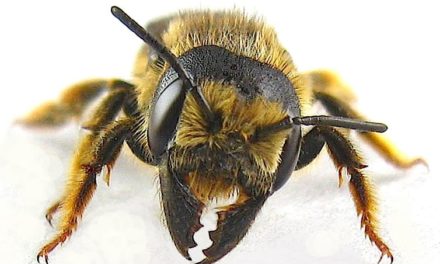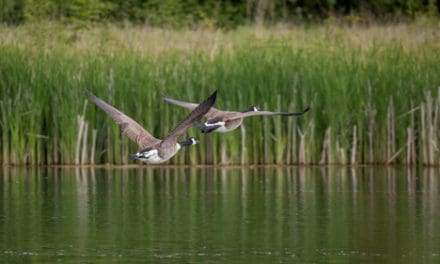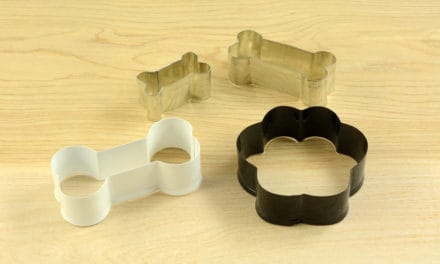Ever See a Pigeon Race?
By Teresa Ambord
If you’re imagining a racetrack with bleachers, a finish line, and pigeons wearing tiny track shoes… it’s not exactly like that. Pigeon racing has been called a “sport with a single starting gate and a thousand finish lines.”* Competing birds are released together, and then race long distances to their individual homes.
Pigeon racing may sound obscure, but the British Royal family has been raising pigeons for centuries and has an active racing loft today. It’s also a hobby enjoyed by people in every major city across the U.S., including celebrities like George Foreman and Terry Bradshaw.
Generally speaking, pigeons aren’t well respected, said Wayne Klein, a veteran pigeon breeder and racer from Redding. But most people only know about park pigeons, and those can be dirty birds, he said. Racing pigeons are different. For hundreds of years they’ve been bred to race and return home, which explains why they are called “homers.” Homers don’t just race. They also served in the U.S. military during three wars. As messengers, they were credited with saving thousands of lives, and some were awarded medals for their service.
A Bird’s Eye Overview of Pigeon Racing
According to Klein, some pigeon racing — known as “one-loft” – includes a monetary prize for the fastest bird. “But,” he added, “virtually every flyer I know is in the sport for the sheer pleasure of watching their birds fly. It is not an inexpensive hobby but it is very rewarding to participants.”
Here’s how it works: At seven to 10 days old, a baby pigeon is fitted with a seamless band which is dated with his birth year, and remains on him for life, said Klein. At 35 days old, birds are moved to a training loft where they spend a couple of weeks adjusting to their new surroundings. Then comes the first “field trip” as they venture outside for a look around. Ideally, after a little fly-about, they return home.
Further into the training, birds are transported together and released a short distance from their lofts. Over time, the trip increases until birds have flown at least 50 miles, but the preferred distance is 100 miles.
Since birds do not cross the same finish line, you may wonder how the winner is determined. Klein explained that each homer wears an electronic band which records the time when the bird hits its landing platform. That information is transmitted to the club’s database, which compares the performance of each bird.
In addition to speed, factors such as the longitude and latitude from the point of release to the home loft are also measured. Birds that fly 1,760 yards per minute can reach speeds equal to 60 miles per hour, though Klein said most races are well under that speed, depending on the headwinds and tailwinds. The bird with the best performance is declared the winner. And then… the bragging begins.
Pigeons Making a Comeback?
Racing doesn’t get much publicity. But Rose Welch, a manager at Red Bluff’s Crossroads Feed and Ranch Supply has seen such a renewed interest in local pigeon breeding and racing that she started offering club members a pigeon food discount. “It’s generally been a sport for older people,” she explained. “Now younger generations are showing an interest. They’re getting together with their dads and granddads to raise pigeons.”
It’s not a cheap hobby, said Welch. But if you’re looking for a way to bring the generations together over a shared passion, raising pigeons might be a great bridge builder.
You can learn more about pigeon racing at Pigeon.org.












